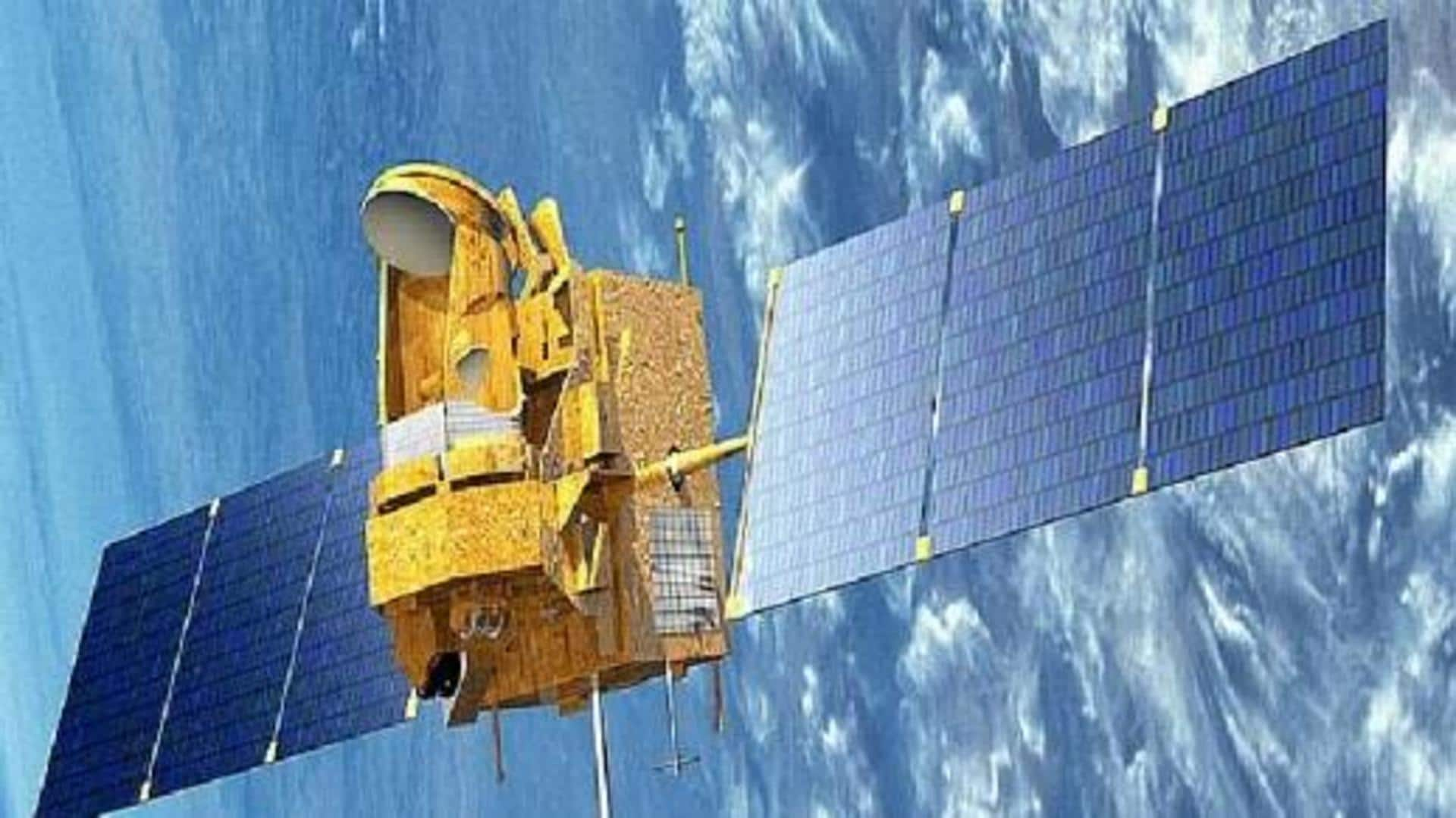
ISRO to conduct a challenging experiment of satellite re-entry tomorrow
What's the story
ISRO is headed for a challenging experiment of controlled re-entry of a now-defunct low-Earth orbit (LEO) satellite, called Megha-Tropiques-1 (MT1), on March 7. The satellite is expected to crash down in the Pacific Ocean. MT1, which launched on October 12, 2011, was a joint venture between ISRO and the French space agency CNES, for studying the water cycle and energy exchanges in tropical regions.
Context
Why does this story matter?
MT1 was originally slated for a 3-year mission, but the Earth-observing satellite continued to provide valuable data for almost a decade and was terminated on December 15, 2021. The onboard instruments and the satellite's position over the inter-tropical belt allowed it to make five revisits to the same location every day. This unique capability was useful for forecasting rainfall, cyclones, monsoons, and even droughts.
Guidelines
Here's what the IADC recommends for deorbiting an LEO object
Space debris mitigation guidelines by the UN/IADC (Inter-Agency Space Debris Coordination Committee) recommend deorbiting an LEO object at its end-of-life (EOL), preferably through controlled re-entry to a safe impact zone, or by shifting it to an orbit where the orbital lifetime is under 25 years. It is also suggested to perform "passivation" of onboard energy sources to curb risks of a post-mission accidental breakup.
Re-entry
The residual fuel on MT1 poses risks of accidental breakup
The orbital lifetime of MT1 would have crossed 100 years in its 20-degree inclined operational orbit of 867-kilometer altitude, said ISRO in a statement. The satellite, which weighs about 1000kg, possesses about 125kg of onboard fuel which remains unused at the end of its mission. This residual fuel could pose a risk of an accidental breakup.
Controlled re-entry
How are controlled re-entries done?
Controlled re-entries involve deorbiting objects to low altitudes to ensure impact occurs within a targeted safe zone. Typically, large satellites or rocket bodies which are likely to survive aero-thermal fragmentation upon re-entry are subjected to controlled re-entry to cut down on the threats posed to people on the ground. Such satellites are specifically crafted to undergo controlled re-entry at end-of-life.
Challenges
MT1 was not designed for EOL operations
MT1 was not designed for EOL operations through controlled re-entry and this makes the entire experiment extremely challenging. Furthermore, there are other issues with the aged satellite as well. "Several systems had lost redundancy and showed degraded performance, and maintaining subsystems under harsher environmental conditions at much lower than originally designed orbital altitude added to the operational complexities," said ISRO.
Re-entry
Innovative workarounds have been implemented to overcome the challenges
ISRO's operations teams, however, have implemented "innovative workarounds" to circumvent the challenges. From August 2022, 18 orbit maneuvers were performed to progressively lower the satellite's orbit. During de-orbiting, aero-braking studies were carried out at different solar panel orientations in order to gain a better understanding of the physical process of atmospheric drag affecting the orbital decay of the satellite.
Information
MT1's re-entry zone is an uninhabited area in Pacific Ocean
An uninhabited area in the Pacific Ocean is identified as the targeted re-entry zone for MT1. The leftover fuel on the satellite is estimated to be enough to achieve a "fully controlled atmospheric re-entry."
Further
The final two de-boost burns will occur between 4:30-7:30 pm
The final two de-boost burns, followed by ground impact, are expected to occur between 4:30-7:30 pm on March 7. Simulations reveal large fragments of the satellite are not likely to survive the aerothermal heating during re-entry. Further, MT1's re-entry experiment provides a unique opportunity to test relevant methodologies and "understand the associated operational nuances of post-mission disposal by direct re-entry into the Earth's atmosphere."